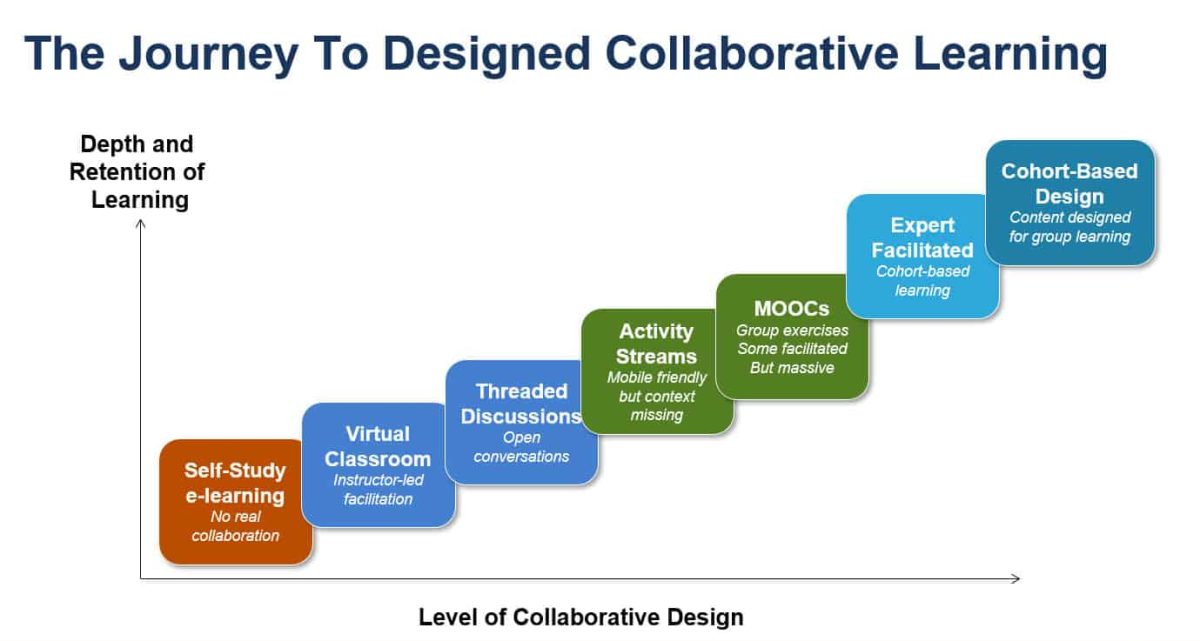Workplace productivity can be greatly influenced by the level of training and development that employees receive. Here are some ways that training and development can impact productivity:
Improves Skills and Knowledge: When employees receive training and development, they acquire new skills and knowledge that can help them perform their jobs more effectively. As they become more skilled, they can work more efficiently and with greater accuracy, leading to increased productivity.
Enhances Motivation: Employees who receive training and development opportunities are more likely to feel valued by their employers, which can increase their motivation to work harder and be more productive. Additionally, employees who are given the opportunity to learn and grow in their jobs are often more engaged and committed to their work.
Increases Confidence: Training and development can increase an employee’s confidence in their abilities, which can lead to a greater sense of empowerment and a willingness to take on new challenges. Confident employees are more likely to take initiative and be proactive, which can lead to increased productivity.
Reduces Errors and Mistakes: When employees receive training and development on best practices and standard operating procedures, they are less likely to make errors and mistakes on the job. This can reduce the need for rework and corrections, leading to increased productivity.
Supports Innovation: Training and development can also foster a culture of innovation within an organization. Employees who are encouraged to think creatively and come up with new ideas are more likely to generate new solutions that can improve efficiency and productivity.
Overall, investing in employee training and development can lead to a more skilled, motivated, and engaged workforce, which can ultimately result in higher productivity levels for an organization.
What’s the Right Workplace?
A decent workplace is one where employees feel respected, supported, and valued, and where they have the resources and tools they need to do their jobs effectively. Here are some signs that you have a decent workplace:
Positive work culture: A decent workplace has a positive work culture where employees feel supported and valued. This can be indicated by open communication, constructive feedback, and a sense of community among colleagues.
Fair compensation and benefits: A decent workplace provides fair compensation and benefits to employees, which can include competitive salaries, health insurance, retirement plans, and other perks.
Opportunities for growth and development: A decent workplace offers opportunities for employees to learn and grow, such as training and development programs, career advancement opportunities, and mentoring.
Work-life balance: A decent workplace recognizes the importance of work-life balance and provides flexibility in terms of work schedules, time off, and other accommodations to help employees balance work and personal responsibilities.
Safe and comfortable work environment: A decent workplace provides a safe and comfortable work environment that is conducive to productivity and well-being. This can include ergonomic workspaces, adequate lighting and ventilation, and a commitment to health and safety protocols.
High employee retention: A decent workplace has high employee retention rates, indicating that employees are satisfied with their jobs and feel motivated to stay with the company over the long term.
In summary, a decent workplace is characterized by a positive work culture, fair compensation and benefits, opportunities for growth and development, work-life balance, a safe and comfortable work environment, and high employee retention rates. By creating a decent workplace, employers can promote productivity, engagement, and well-being among their employees.
How Using Technology Supports Your Workforce
Using technology can provide numerous benefits and support to a workforce. Here are some ways in which technology can support your workforce:
Increased efficiency: Technology can automate and streamline many tasks, freeing up employees to focus on more complex and high-value work. For example, project management software can help employees collaborate on projects, share information, and track progress in real-time.
Improved communication and collaboration: Technology can support better communication and collaboration among team members, regardless of their physical location. Video conferencing tools, collaboration software, and instant messaging platforms can help employees stay connected and work together more effectively.
Enhanced flexibility and remote work: Technology can provide employees with the flexibility to work from anywhere, which can be particularly useful during times of crisis or when there are business disruptions. Cloud-based applications and virtual private networks (VPNs) can allow employees to access work-related data and applications from anywhere.
Access to real-time data: Technology can provide employees with real-time data and insights, allowing them to make better decisions and act more quickly. Business intelligence tools, analytics software, and dashboards can provide employees with access to up-to-date data, which can support better decision-making.
We are all aware of the additional costs involved in getting people back to work and technology can be used very efficiently and cost effectively to support your work force. This can be achieved through basic means, such as email, VC or via an instant messaging app or platform. Some companies may also choose to use project management software which also makes communication more effective.
Improved customer service: Technology can support better customer service by enabling employees to respond to customer inquiries quickly and efficiently. Customer relationship management (CRM) systems, chatbots, and other tools can help employees manage customer interactions more effectively.
Increased job satisfaction: By providing employees with access to the latest technology and tools, employers can improve job satisfaction and engagement. This can lead to increased motivation, productivity, and overall job performance.
So, technology can provide numerous benefits and support to a workforce, including increased efficiency, improved communication and collaboration, enhanced flexibility and remote work, access to real-time data, improved customer service, and increased job satisfaction. By leveraging technology, employers can create a more productive, engaged, and motivated workforce.
Reference: https://www.thehrdirector.com/













